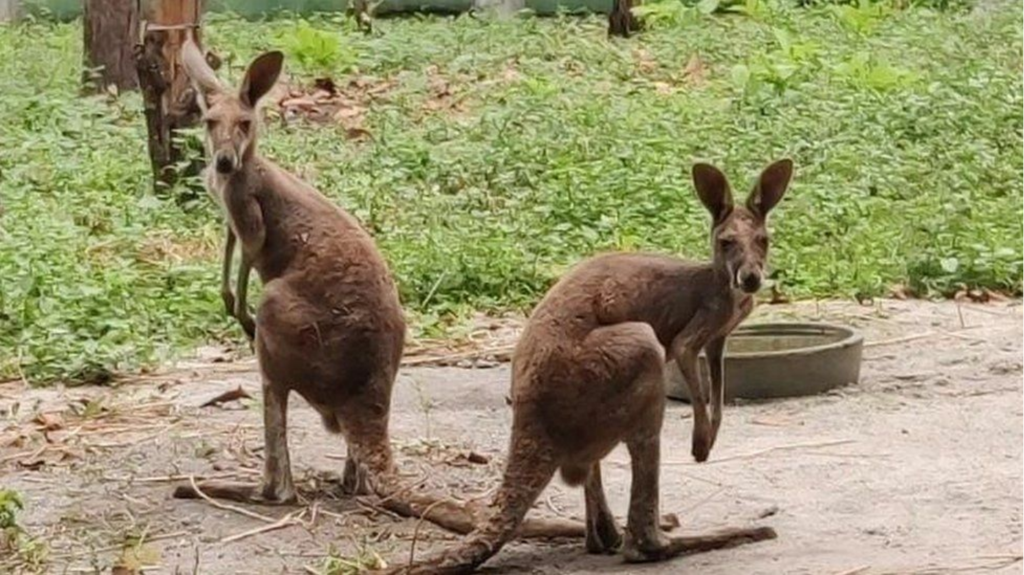BY SHUBHAM SHARMA

Villagers wandering down a road on the outskirts of a forested village in eastern India couldn’t believe their eyes when they saw three disoriented, feeble, and hungry animals. They had never seen anything like the beasts before. The animals were identified as kangaroos, which are native to Australia but not found in India, by West Bengal state forest officials.
The animals were rescued and sent to a wildlife park to be treated. One died later. The villagers were still confused and surprised by what they had seen. Soon, videos of the kangaroos in India went viral.
Due to the complete ban on wildlife trading in Indian species, smugglers have shifted to the illegal trade of exotic species, leading to disastrous global environmental consequences.
- Smugglers bring non-native animals from top tourist destinations via the north-eastern corridor in India.
- These include Kangaroos, tortoises, iguanas, bearded dragons, capuchin monkey, golden-headed tamarin, and many others.
- Many zookeepers are part of this network where traders and breeders work together.
- Animals are also smuggled from airports in handbag, chocolate boxes, in ziplock bags, etc(first post).
GOVERNMENT INTERVENTION- In June 2020, the Indian government had launched a scheme, urging people to declare their exotic pet and promising not to prosecute them.
Most to these primates are being brought in to be kept as pet or to be showcaseed at private zoo, and not for meat or religious purposes (TOI)
CONCERN- The trade of exotic animals can lead to risks of zoonotic disease outbreaks or a change in the faunal pattern as the animals can be invasive species.

